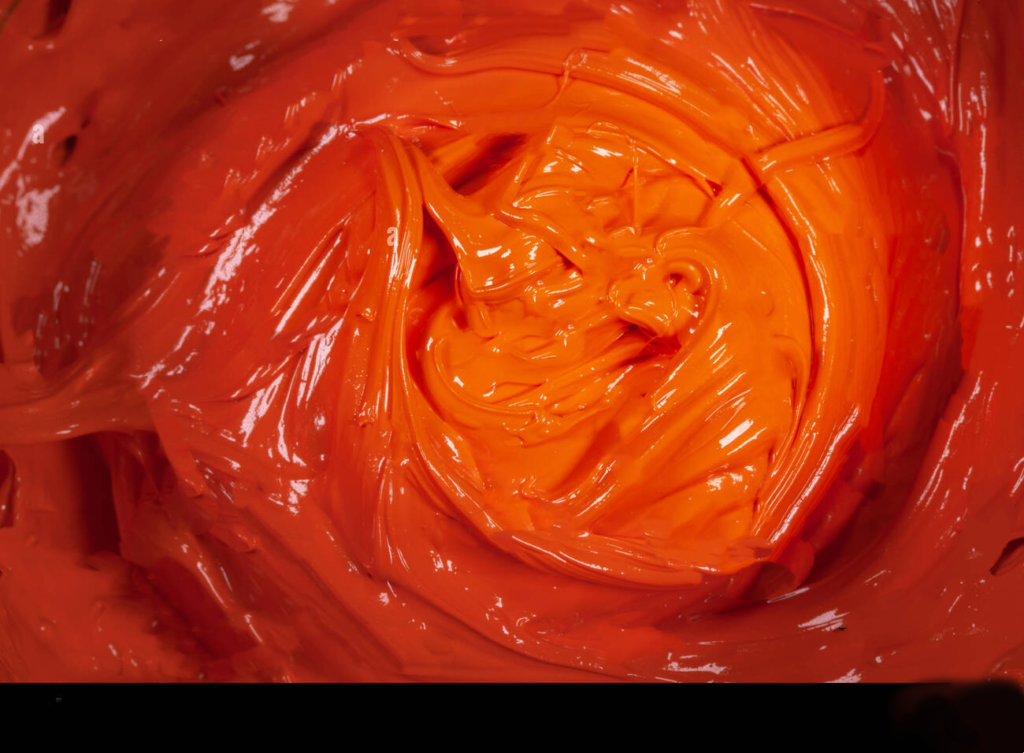Using a screen printing kit with plastisol ink is a popular choice for creating durable and vibrant screen printing designs. However, working with plastisol ink requires careful handling to ensure both safety and successful results. Whether you’re a beginner or a seasoned printer, understanding the necessary precautions can help you avoid potential hazards and protect your health.
This article provides an in-depth guide on the safety measures you should follow while using a screen printing kit with plastisol ink, along with tips for maintaining your printing equipment and ensuring a safe environment in the print shop.
Why Choose a Screen Printing Kit with Plastisol Ink?
Plastisol ink is a go-to choice for many printing companies and hobbyists because of its vibrant colors, durability, and ease of use. When paired with a screen printing kit for beginners, plastisol ink offers an accessible way to create high-quality prints. Advantages include:
- Durable Prints: Plastisol ink adheres well to fabrics, resisting wear and washing.
- Ease of Use: It doesn’t dry until cured, allowing ample working time.
- Versatility: Suitable for a wide range of materials and screen printing designs.
While plastisol ink offers significant benefits, it also requires careful handling due to its chemical composition.
Essential Safety Precautions When Using a Screen Printing Kit with Plastisol Ink
1. Work in a Well-Ventilated Area
Plastisol ink contains chemicals that can emit fumes, especially during the curing process. To ensure a safe environment:
- Open windows or use exhaust fans to improve airflow.
- Use a ventilation system in the print shop to remove harmful fumes effectively.
- If working in a confined space, consider wearing a respirator mask to protect against inhalation.
2. Wear Personal Protective Equipment (PPE)
Protective gear is essential when using a screen printing kit with plastisol ink. Key items include:
- Gloves: Prevent direct contact with ink and chemicals. Use nitrile gloves for resistance to solvents.
- Apron: Shield your clothes from ink spills.
- Safety Glasses: Protect your eyes from accidental splashes.
Always remove PPE carefully to avoid spreading ink or chemicals to other surfaces.
3. Handle Chemicals with Care
Plastisol ink often requires additional chemicals, such as solvents or cleaning agents, for thinning or cleaning your printing equipment. Follow these tips:
- Store chemicals in their original containers with clear labeling.
- Keep chemicals away from heat sources or open flames.
- Follow the manufacturer’s instructions for safe handling and storage.
4. Avoid Skin Contact with Plastisol Ink
Direct skin contact with plastisol ink can cause irritation or allergic reactions. If contact occurs:
- Wash the affected area immediately with soap and water.
- Avoid using harsh chemicals to remove ink from your skin, as they can cause additional irritation.
For persistent exposure, consult a healthcare professional.
5. Properly Maintain Your Printing Equipment
Regular maintenance of your printing equipment not only ensures quality results but also enhances safety. Key practices include:
- Cleaning: Remove plastisol ink from screens and tools immediately after use to prevent buildup.
- Inspection: Check equipment like squeegees, screens, and curing machines for wear or damage before use.
- Storage: Store your screen printing kit for beginners in a dry, organized space to prevent accidents.

6. Use a Curing Station Safely
Curing plastisol ink requires high temperatures, typically between 320°F and 330°F (160°C–165°C). Follow these precautions:
- Heat Control: Use a thermometer or heat gun to monitor curing temperatures accurately.
- Fire Safety: Keep a fire extinguisher nearby in case of overheating or accidental ignition.
- Avoid Overheating: Do not leave the curing station unattended during operation.
7. Dispose of Waste Responsibly
Improper disposal of plastisol ink or cleaning solvents can harm the environment. Adhere to these guidelines:
- Dispose of ink and chemicals according to local hazardous waste regulations.
- Avoid pouring ink or solvents down the drain.
- Use designated disposal containers for contaminated rags or gloves.
Tips for Beginners Using a Screen Printing Kit with Plastisol Ink
If you’re new to screen printing, starting with a screen printing kit for beginners can be exciting yet challenging. Here are some tips to ensure safety and success:
1. Read the Instructions
Every screen printing kit with plastisol ink comes with specific instructions. Familiarize yourself with the components, assembly process, and recommended safety measures.
2. Start Small
Begin with simple screen printing designs to familiarize yourself with the process. This reduces the likelihood of mistakes and allows you to focus on safe handling practices.
3. Practice Proper Cleanup
Cleaning your printing equipment immediately after use prevents ink from hardening and simplifies future projects. Use appropriate cleaning agents and avoid abrasive tools that could damage your screens.
The Role of Professional Printing Companies in Safety Standards
Some of the best screen printing companies prioritize safety and environmental responsibility in their processes. If you’re working with a professional printing company, consider these benefits:
- Expert Handling: Professionals are trained to manage plastisol ink and other chemicals safely.
- Advanced Equipment: High-quality curing machines and ventilation systems reduce risks.
- Eco-Friendly Practices: Many printing companies offer eco-friendly options, such as water-based inks or sustainable materials.
For large-scale projects, collaborating with the print shop or professional printers can be a safer and more efficient option.
Enhancing Your Screen Printing Designs Safely
Creating standout screen printing designs requires both creativity and technical skill. Here’s how to balance safety with artistic innovation:

Experiment with Techniques
Explore different printing methods while adhering to safety guidelines. Whether using a screen printing kit for beginners or advanced printing equipment, always prioritize safe practices.
Invest in Quality Tools
High-quality tools, such as durable screens, squeegees, and a reliable screen printing kit with plastisol ink, ensure consistent results while minimizing accidents.
Stay Informed
Attend workshops or watch tutorials to stay updated on best practices for handling plastisol ink and operating printing equipment safely.
Conclusion
Using a screen printing kit with plastisol ink is a rewarding way to create durable and vibrant designs, but it requires careful attention to safety. By working in a ventilated area, wearing protective gear, and maintaining your printing equipment, you can enjoy the creative process while minimizing risks. Whether you’re a beginner or a seasoned professional, prioritizing safety ensures a successful and enjoyable screen printing experience.
Ready to start your next project? Explore our range of screen printing kits for beginners and professional tools designed with safety and quality in mind.



